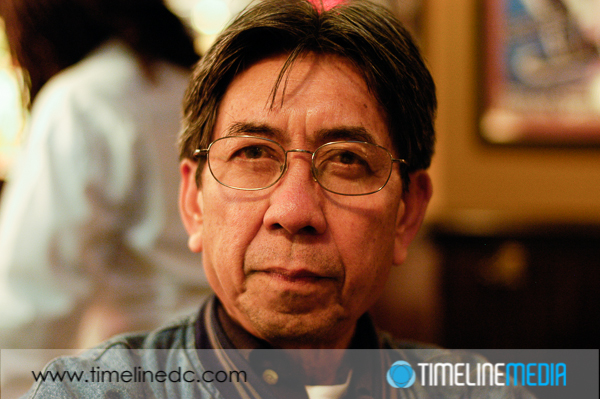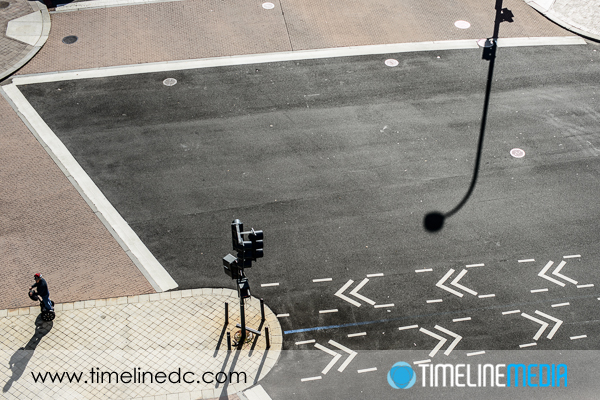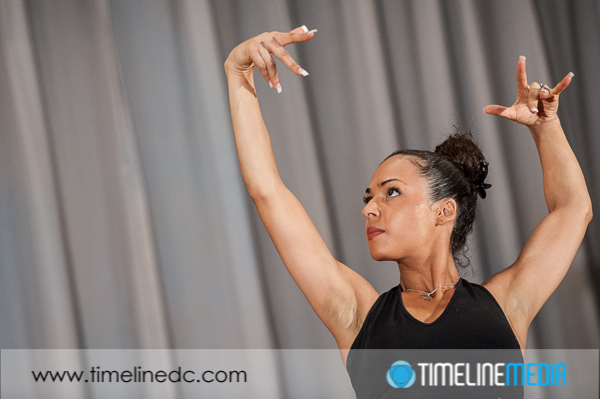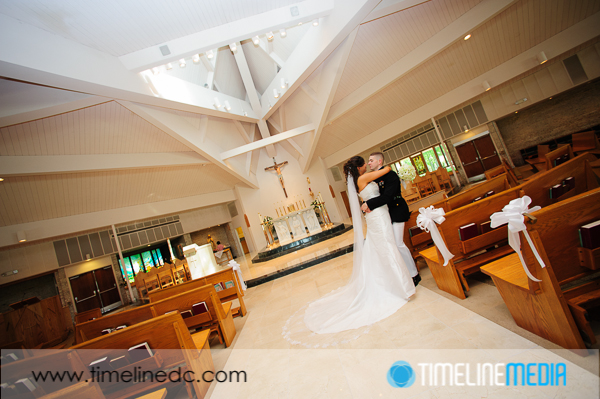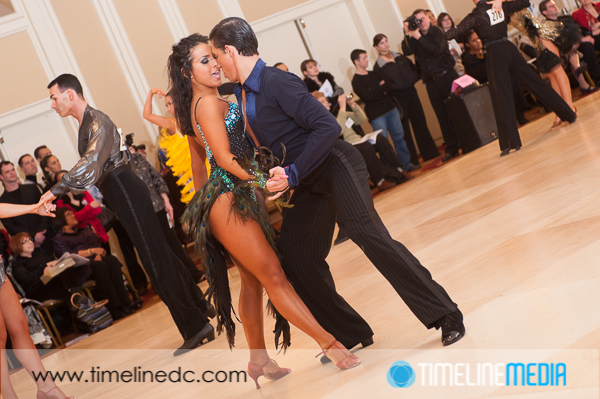
Composition Rules
Have you taken a few hundred photos with your new camera yet? Well it has been almost three days since Christmas – what are you waiting for? Keep taking all the photos you can with it to get more comfortable with how it works. You want to be able to pick it up and have it fire off a photograph quickly so you do not miss anything unexpected that may come along. But as you it becomes apparent that everything works, you may start think how to make your photos better. I still would not even change any of the settings on the camera. I would first concentrate on composition. This is something I have to do at every shoot, and it changes with each subject, each scenario, and each scene. No matter how good you are technically at making photographs, if the composition of the image is poor, then you do not have an image that you will like, or that other people will want to view and share.
Rule of Thirds
One of the first composition rules that photography students study is the “Rule of Thirds”. Using the viewfinder camera as your boundary, divide the frame into 3 parts both horizontally and vertically. You end up with a grid that looks like this:
According to the Rule of Thirds, objects of interest should be placed along the lines that divide the frame into three parts. This includes horizon lines, faces of people, or other objects of interest. Usually they are the main subject of the photograph. You can see here in this photo that I did not follow this rule, and put my main subject right in the middle of the frame. This is one of the reasons that this photo looks more like a snap shot from vacation rather than a professionally setup image.
You can see the rule of thirds in many professional photographed still and video images. The news anchors on television may start in the middle of the screen, but they are quickly moved to the left or right third of the screen. This makes for a more pleasing image to the eye – giving the subject more room to breathe in the frame, and more room for your eye to travel in the frame putting your subject in context. These are with people images, but it can work with images of inanimate objects, or in landscape photography as well.
TimeLine Media – www.timelinedc.com
703-864-8208

